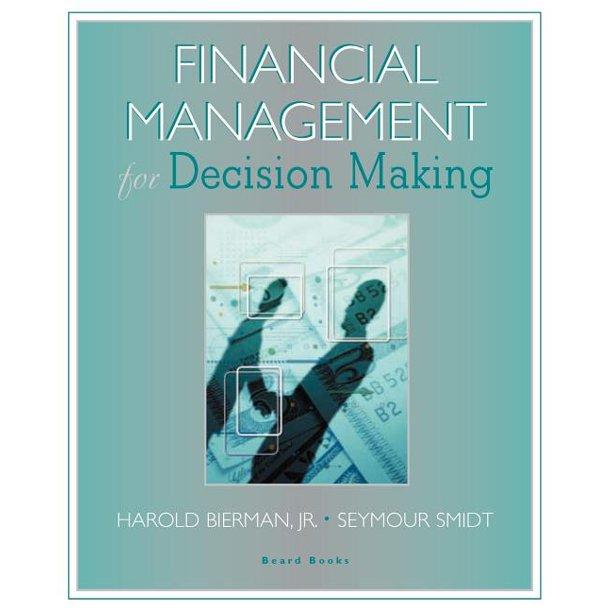Question
Pamela Mathias is opposed to calling the bonds because she thinks this would not be well received by the major institutions that hold Senior Cares

Pamela Mathias is opposed to calling the bonds because she thinks this would not be well received by the major institutions that hold Senior Cares outstanding bonds.
a. What do you think about Mathias argument?
b. If the bond was called after five years, what would be the realized 5-year yield-to-call for investors?
c. Assume that investors had a 30-year investment horizon when the bonds were originally purchased. If the bond was called after five years and the proceeds reinvested for 25 years, what would be the realized 30-year rate of return for investors? (Hint: Create a 30-year timeline.)
d. Compare the realized 30-year rate of return in c. to the original 8.0 percent coupon rate (with call provision) and the original 7.3 percent coupon rate (without call provision.) Would investors be fully compensated for call risk if the bond was called after five years?
INPUT DATA: Original Bond Issue Size of issue Old bond coupon rate Old flotation cost Original maturity of old issue Years remaining on old bond Proposed Bond Issue New bond coupon rate New issue flotation cost Maturity of new issue Other Data ax rate MODEL GENERATED DATA: STANDARD ANALYSIS: Current Call Premium: Cost of Refunding at t 0: Call premium on old issue Flotation cost on new issue Tax savings on old float exp Net investment outlay After-tax Flotation Cost Effects: New issue flotation costs Tax benefit lost on old float Net PV of flotation cost effects nterest Savings Due to Refunding Annual payment (old bond) Annual payment (new bond) Net annual savings and PV NPV of the Refunding Decision: KEY OUTPUT: $100,000,000 NPV $3,817,019 8.0% $1,500,000 30 25 7.0% $1,000,000 25 40.0% 8.0% Amount Amount Present Before Tax After Tax Value ($8,000,000 ($4,800,000) ($4,800,000 (1,000,000 500,000 500,000 1,250,000 $5,300,000 $40,000 $244,752 $16,000 (20,000) (50,000) 305,940 $61,188 $4,800,000 $8,000,000 (7,000,000) 4,200,000 $600,000 $9,178,207 $3,817,019 END INPUT DATA: Original Bond Issue Size of issue Old bond coupon rate Old flotation cost Original maturity of old issue Years remaining on old bond Proposed Bond Issue New bond coupon rate New issue flotation cost Maturity of new issue Other Data ax rate MODEL GENERATED DATA: STANDARD ANALYSIS: Current Call Premium: Cost of Refunding at t 0: Call premium on old issue Flotation cost on new issue Tax savings on old float exp Net investment outlay After-tax Flotation Cost Effects: New issue flotation costs Tax benefit lost on old float Net PV of flotation cost effects nterest Savings Due to Refunding Annual payment (old bond) Annual payment (new bond) Net annual savings and PV NPV of the Refunding Decision: KEY OUTPUT: $100,000,000 NPV $3,817,019 8.0% $1,500,000 30 25 7.0% $1,000,000 25 40.0% 8.0% Amount Amount Present Before Tax After Tax Value ($8,000,000 ($4,800,000) ($4,800,000 (1,000,000 500,000 500,000 1,250,000 $5,300,000 $40,000 $244,752 $16,000 (20,000) (50,000) 305,940 $61,188 $4,800,000 $8,000,000 (7,000,000) 4,200,000 $600,000 $9,178,207 $3,817,019 ENDStep by Step Solution
There are 3 Steps involved in it
Step: 1

Get Instant Access to Expert-Tailored Solutions
See step-by-step solutions with expert insights and AI powered tools for academic success
Step: 2

Step: 3

Ace Your Homework with AI
Get the answers you need in no time with our AI-driven, step-by-step assistance
Get Started


